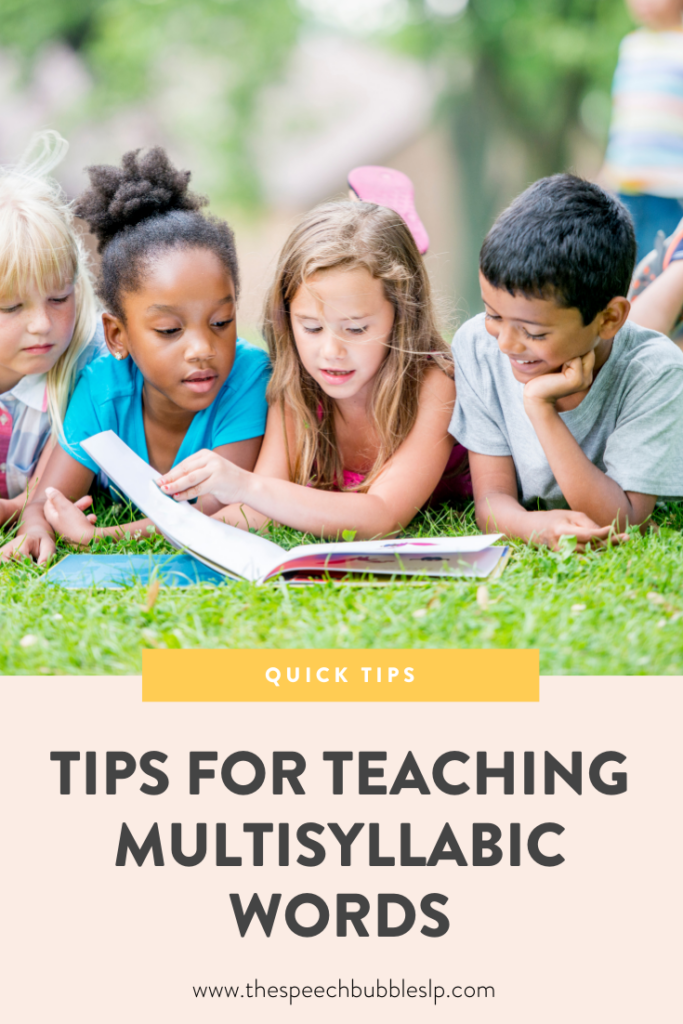
Multi-syllabic words can be a tricky task for some students to take on. Distinguishing the break in words with three or four syllables can best be taught by visually separating the word and repetition.
Use Visual Aids
I like to use visual aids to show students a clear representation of how the word is broken down by sounds. You can even use a mirror and tell your students to say the words and see how their mouth changes shape with each syllable. You can tell them to repeat words like balloon, basketball, and carrot, and tell them to pay close attention to how their mouth is opening with each syllable as they pronounce the words.
Help Them to See The Break
Writing down words can be beneficial as they can see each break on paper. Having them identify the break by using color coded systems helps them to visually distinguish the sound separations in the word. This drill and data set is a great resource to use to give your students paper practice. There are word cards and dot mats that give color separated examples of 2, 3 and 4 syllable words broken down by color. These can show your students to relate the sounds they saw in the mirror to the word on paper.
Repetition
Practice always makes perfect, right? Repetition, even at home, gives students the opportunity to use this skill and master it. You can also assess their skills by having them break apart the words by pointing to a different color for each syllable. Multisyllabic words are vital to read and pronounce words and physically seeing the break helps students to know how to pronounce the word correctly.
These are just a few activities I like to do to teach this skill. Comment below if you have any questions!


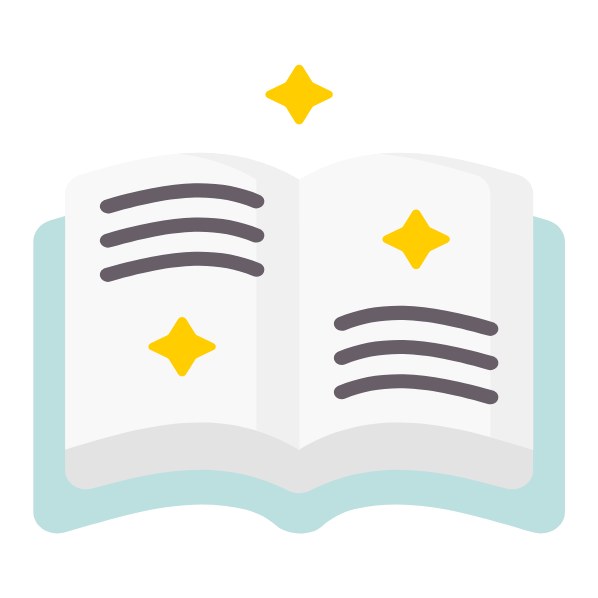






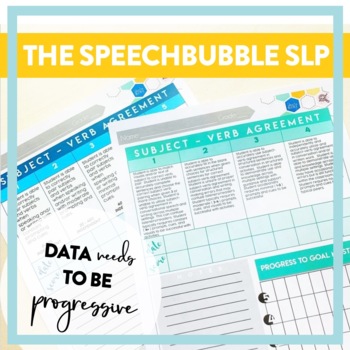
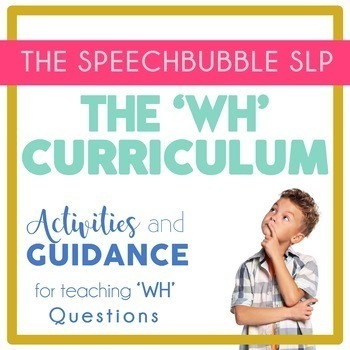
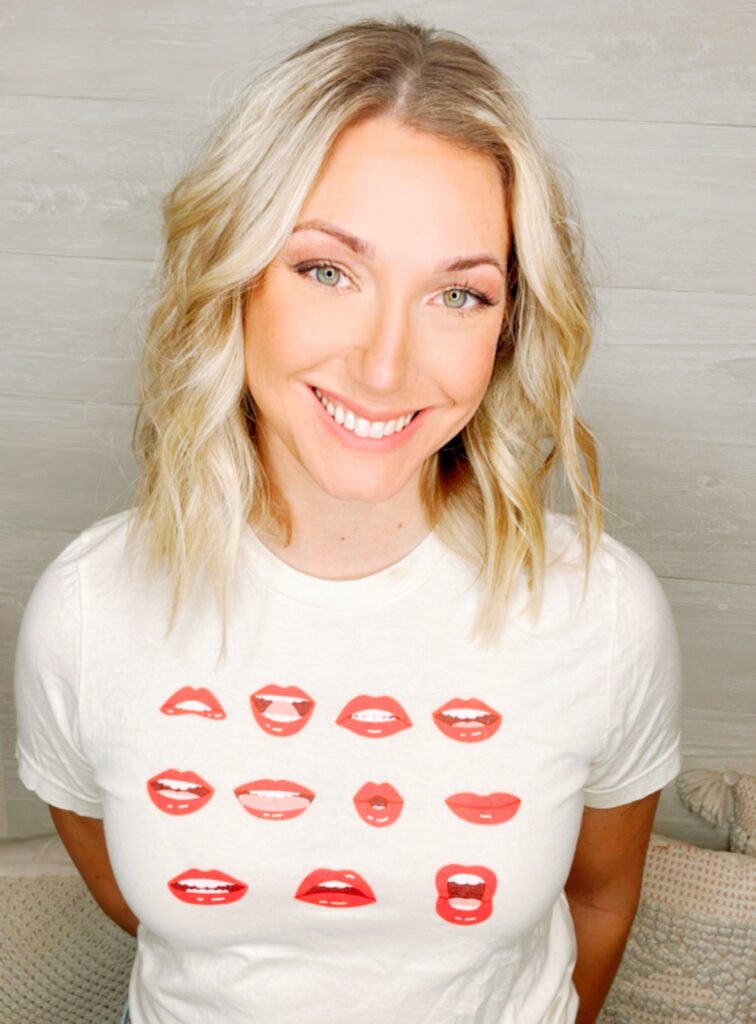



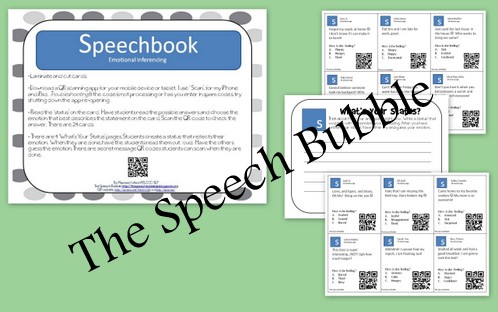
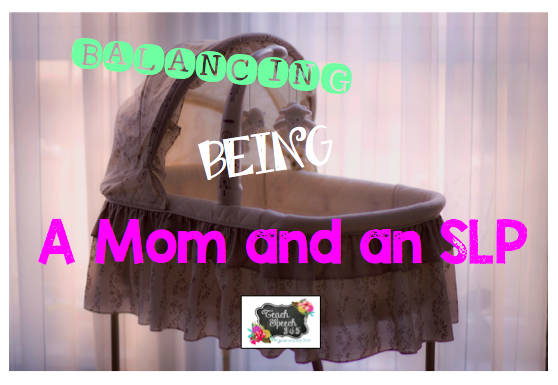



2 Responses
Visual aids are a great idea- I’m going to use that next time I’m targeting multisyllabic words.
They are such a game changer